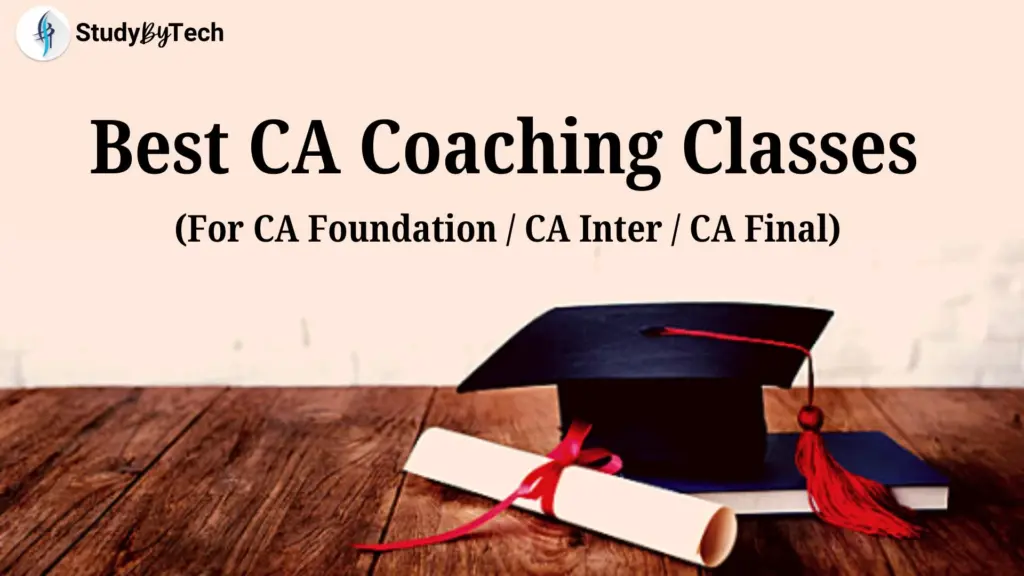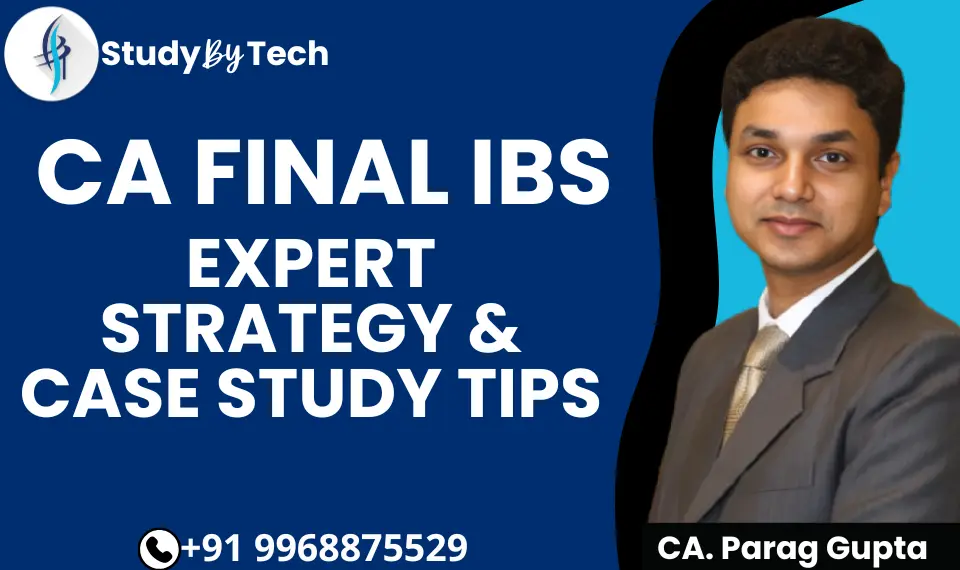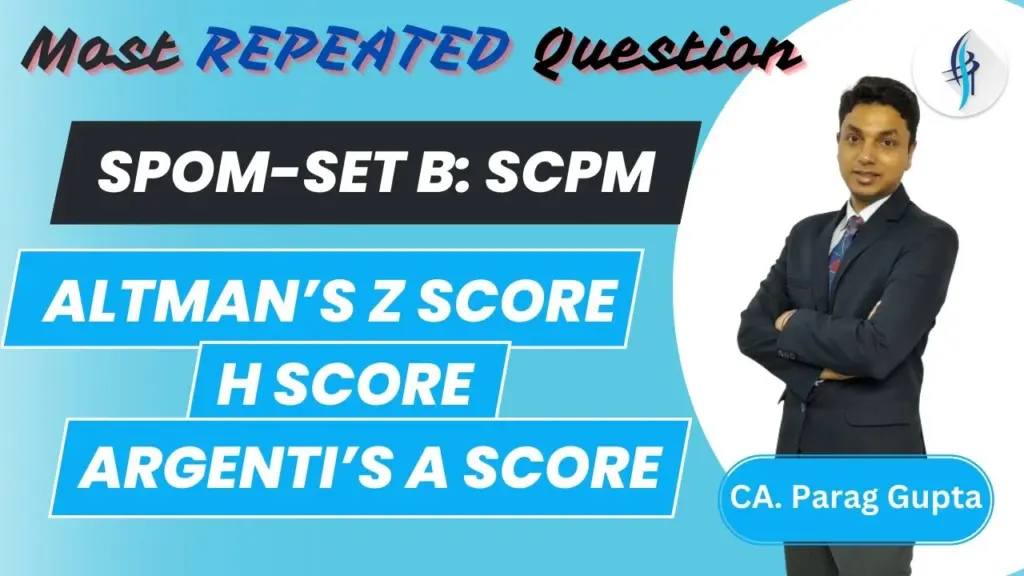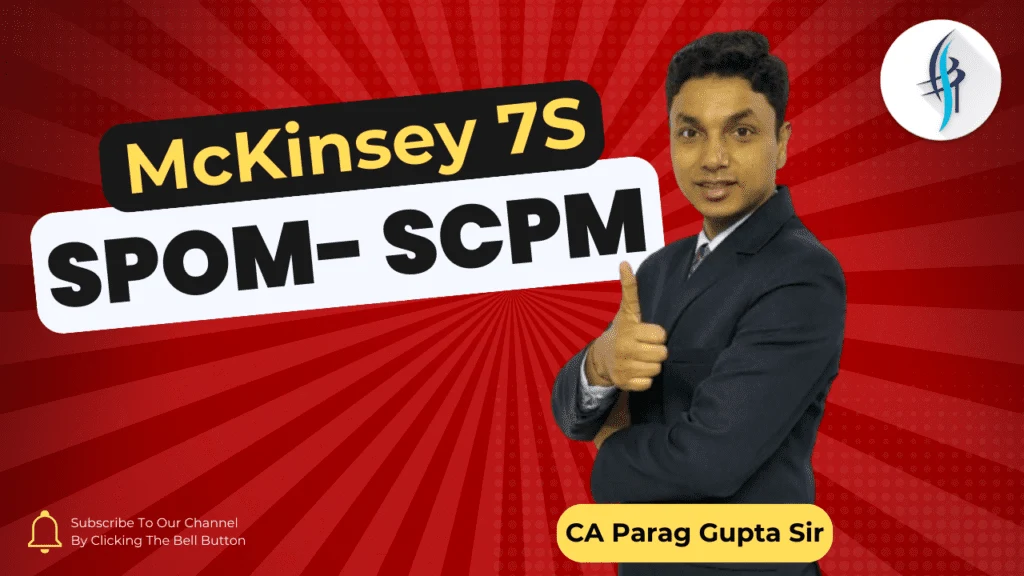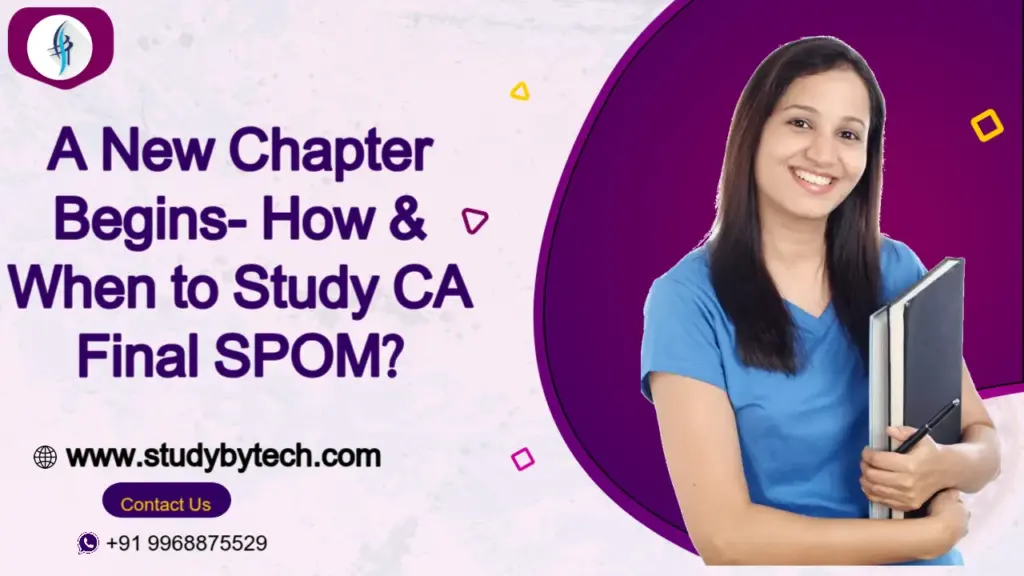CA or MBA: Which is Better? – Salary, Scope, Eligibility, Skills, Career
CA or MBA: Which is Better?– Introduction CA or MBA: Which is Better? – Given the competitive nature of today’s marketplace, no one can overlook the value of a professional degree. On the one side, students have professional courses such as CA course and CS. On the other side, they have the option of postgraduate degrees such as an MBA course, each with its own benefits. There is always debate among aspirants about which is better, CA or MBA. These are two of the country’s most popular and well-known career choices, but students don’t know which one to choose. So, in this article, we’ll share the major differences between Chartered Accountancy and MBA courses, including the comparison of salary, scope, skills, eligibility, and more. Thus, check the complete article to make an informed decision. Overview About CA Course Chartered Accountancy is a professional certification course. The CA course deals in accounting, finance, and taxation. Most commerce students pursue a career in accounting or auditing after their 12th class. A chartered Accountant refers to a person who has completed a CA course. After passing the 10+2 exam, candidates can register for the CA course. If a candidate has a bachelor’s degree, then he can directly go for the CA Intermediate course. The ICAI is the governing body for the CA Course in India. There are three exam levels of the CA course: The CA Course’s primary goal is to expose students to the financial and accounting sectors. It will take at least 5 years to clear all the exams and become a Chartered Accountant. However, it can take more if you don’t clear the exams. A CA examines various government notices, taxes, and other financial regulations following the finance ministry’s rules. They also make appropriate recommendations based on the taxonomy laws. Overview Of MBA Course A Master of Business Administration (MBA), is a postgraduate degree. MBA course is widely recognised around the world. Candidates with an MBA degree have a plethora of career options. A bachelor’s degree in any field, such as science, humanities, or commerce, is required to enrol in an MBA program. To get admission to Business schools, students must clear the entrance exams such as the CAT, CMAT, BMAT, MAT, XAT, and others. The main goal of an MBA course program is to expose students to various domains such as human resources, marketing, finance, and other fields. Moreover, the number of startups has shown rapid growth for MBA graduates. Under a management belt, an MBA comprises multiple specialization courses in finance, management, marketing, etc. It enables students to enhance in one field while also diversifying their interests in other fields. Comparison Between CA or MBA: Which is Better? 1. CA or MBA: Which is better by Future Scope Future Scope for CA CA course is one of India’s most reputable certifications. Despite the recent emergence of many short-term diploma certifications in accounting and finance, CA certification gets more weightage in work roles.CA’s can start freelancing after gaining experience or working for reputable CA firms and global corporations. Also, due to its broad scope, CA graduates will get a chance to work in various fields. Graduates can operate in audit and accounting firms, financial analysis banks, tax firms, and other fields. CA Graduates have the freedom to choose and operate from a plethora of options. Almost every company needs an accounting and finance unit, and CA graduates are always needed to keep it running smoothly. During article training, CA graduates can experience auditing, taxation, cost accounting, and finance. This broadens their scope and increases their likelihood of getting investment banking positions. Future Scope for MBA The ever-increasing demand for MBAs demonstrates how decent the job opportunities are in the employment market. MBA curriculum equips graduates with theoretical and practical knowledge that allows them to work in various settings. In any company, the need for management personnel is more important. A strong management structure is essential for organisational progress and requires highly qualified MBA graduates with prior experience. The MBA’s specialisation diversity has also resulted in new job opportunities in the data science and analytics sectors. 2. CA or MBA: Which is better in Skills Acquired Skills acquired in CA When a student undergoes the CA course and the articleship training, he gets practical exposure to auditing, accounting, and taxation. They also acquire discipline, conceptual understanding, great communication skills, diligence, hard work, and managing tight schedules. Skills acquired in MBA Apart from earning a specialisation, the 2-year program develops many skills in students. This includes strategic thinking and analysis, networking right, working in high-pressure situations, leadership, time-management, and decision-making skills. 3. CA or MBA: Which is better by Duration and Fees Duration and Fees in CA The minimum CA course duration for students taking the Foundation Route is around five years. Each additional attempt to pass an examination could cost students at least six months. However, students taking the direct entry route can complete the course in 4.5 years. The total CA Course fees for all three levels is Rs. 76,200. It includes the registration, exam form and membership fees during the 5-year course. However, if we add the cost of coaching and study material, it will go around 3-4 lakhs. Duration and Fees for the MBA Course MBA course is a two-year program. Furthermore, the Internship duration ranging from 3 months to 6 months is also included in these two years of the program. Talking about the fees, MBA course is costlier and difficult for everyone to afford. The MBA course fees can range from 2 lakhs to 40 lakhs. Students should note that the fees will vary from college to college. 4. CA or MBA: Which is better by Salary Perspective CA or MBA: Which is better by Salary perspective Experience, area of specialisation, and the domain in which they work are all critical factors influencing pay scale. Both graduates have a variety of job responsibilities, which entitles them to a wide range of pay. Salary of


